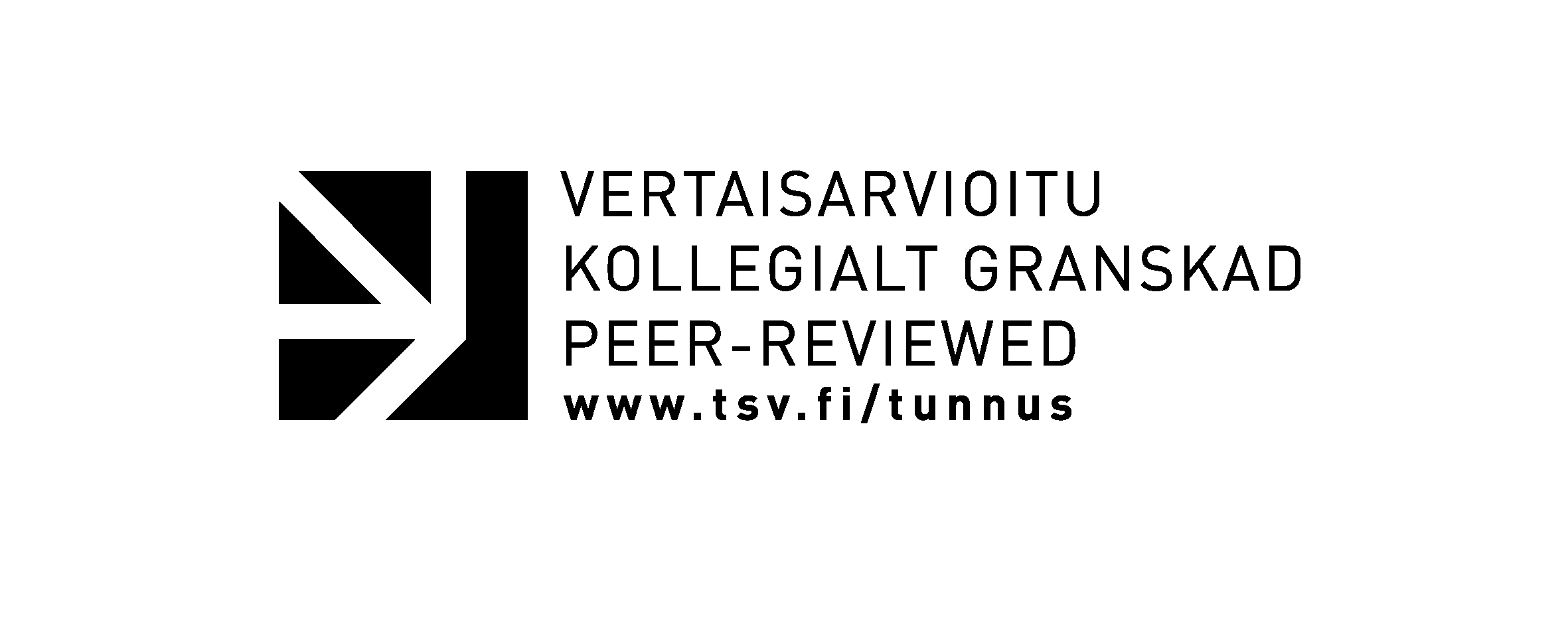Ruptures and Returns
From Loss of Memory to the Memory of a Loss
Keywords:
cultural memory, Lapland War, trauma, postmemorial workAbstract
According to Jay Winter (2010, 3) silence is not
the space of forgetting nor is speech the realm of
remembrance. On the contrary, silence is a "socially
constructed space in which and about which
subjects and words normally used in everyday life
are not spoken" (ibid.). There are three types of
silence surrounding war and other catastrophic
events. The first of them, the liturgical silence, is
related to mourning and grieving for losses. Another
is formed by the political and strategic silences
used to overcome political tensions, heal
open wounds and postpone the repairing of past
injustices. The third impulse behind silence after
war, as delineated by Winter, is the privileging
of certain acts of remembrance over others. The
example given by Winter relates to the gendered
privileging of authoritarian experience, considering
only those (men) who themselves have experienced
war to have the privilege to speak about it.
This type of essentialist silence, however, can
be related to other instances of granting some
memories a privileged status over others. Educational
institutions play a key role in the transmission
of cultural memory in giving certain aspects
of the past more attention than others. My intention
in this article is to focus on a single case exemplifying
this phenomenon, namely the cultural
memory of the Lapland War (1944-1945), the war
between the former allies (Finland and Germany)
in the end of the Second World War. My approach
will be based on the points of view provided by the
multidisciplinary field of memory studies.







